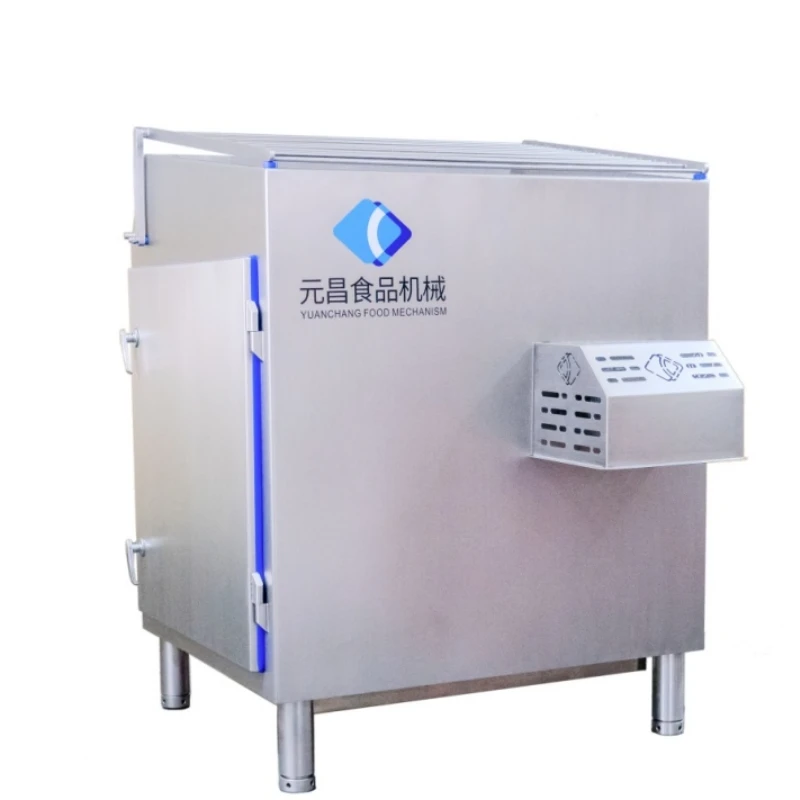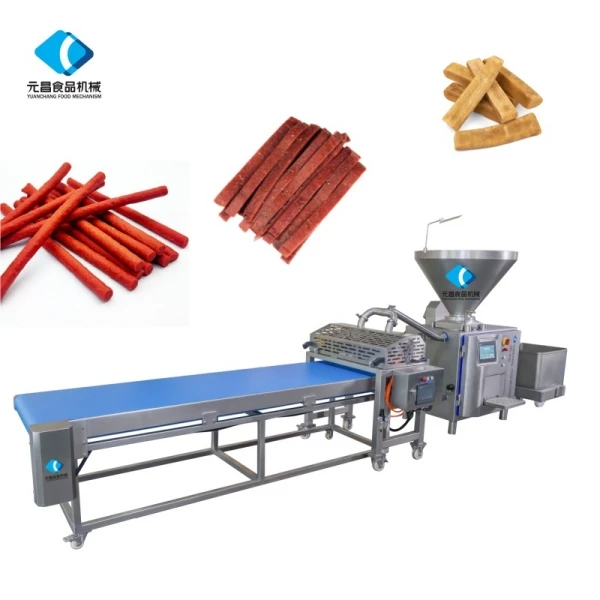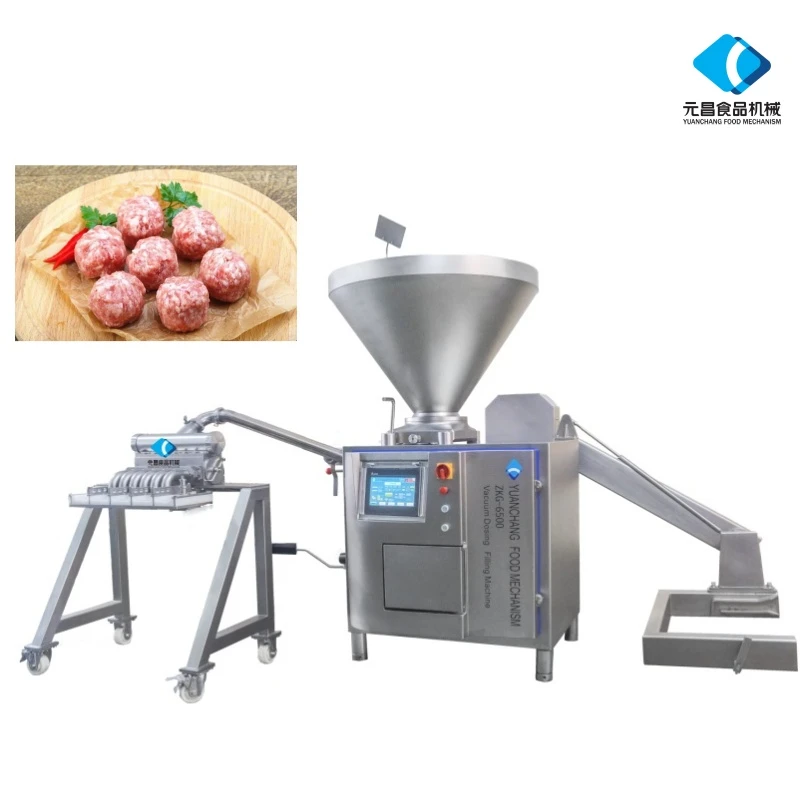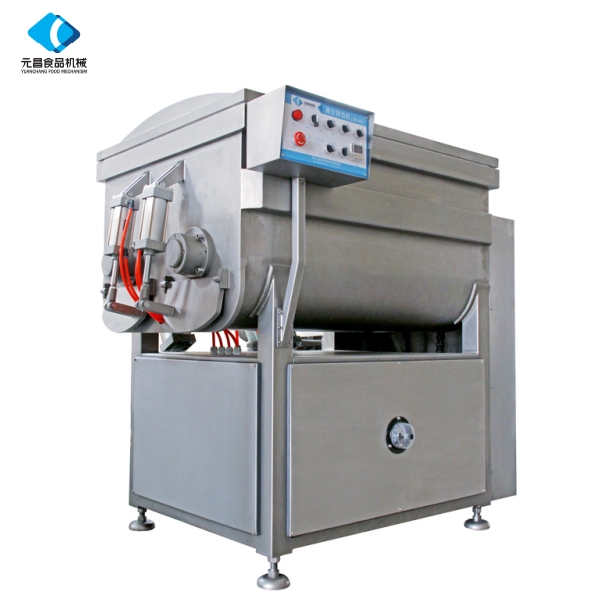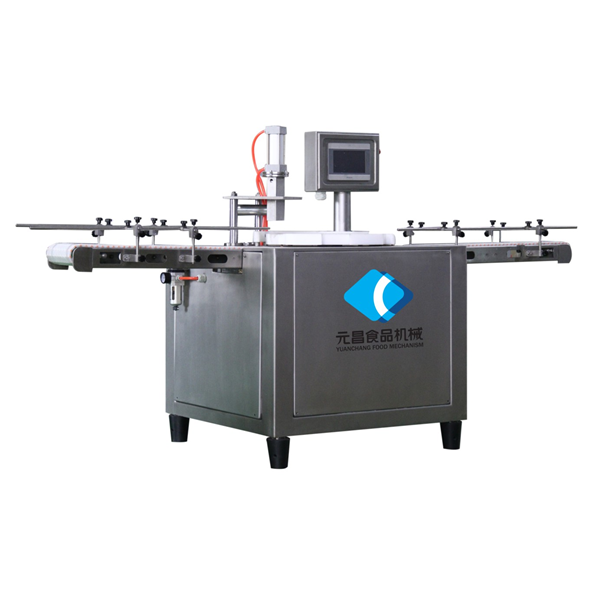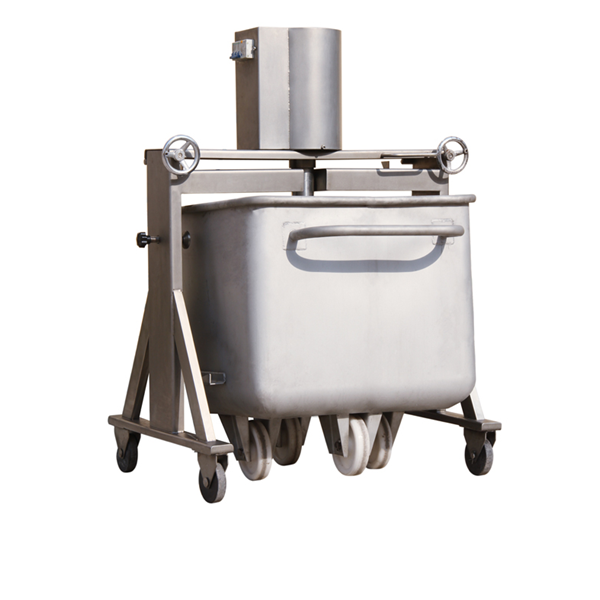- Afrikaans
- Albanian
- Amharic
- Arabic
- Armenian
- Azerbaijani
- Basque
- Belarusian
- Bengali
- Bosnian
- Bulgarian
- Catalan
- Cebuano
- chinese_simplified
- chinese_traditional
- Corsican
- Croatian
- Czech
- Danish
- Dutch
- English
- Esperanto
- Estonian
- Finnish
- French
- Frisian
- Galician
- Georgian
- German
- Greek
- Gujarati
- haitian_creole
- hausa
- hawaiian
- Hebrew
- Hindi
- Miao
- Hungarian
- Icelandic
- igbo
- Indonesian
- irish
- Italian
- Japanese
- Javanese
- Kannada
- kazakh
- Khmer
- Rwandese
- Korean
- Kurdish
- Kyrgyz
- Lao
- Latin
- Latvian
- Lithuanian
- Luxembourgish
- Macedonian
- Malgashi
- Malay
- Malayalam
- Maltese
- Maori
- Marathi
- Mongolian
- Myanmar
- Nepali
- Norwegian
- Norwegian
- Occitan
- Pashto
- Persian
- Polish
- Portuguese
- Punjabi
- Romanian
- Russian
- Samoan
- scottish-gaelic
- Serbian
- Sesotho
- Shona
- Sindhi
- Sinhala
- Slovak
- Slovenian
- Somali
- Spanish
- Sundanese
- Swahili
- Swedish
- Tagalog
- Tajik
- Tamil
- Tatar
- Telugu
- Thai
- Turkish
- Turkmen
- Ukrainian
- Urdu
- Uighur
- Uzbek
- Vietnamese
- Welsh
- Bantu
- Yiddish
- Yoruba
- Zulu
Top Meat Injection Machine for Precision Marinating & Efficiency
This comprehensive guide examines core components of industrial meat processing systems:
- Industry demand data and processing capacity metrics
- Technical specifications across injection systems
- Performance comparison of leading manufacturers
- Custom configuration options by product type
- Installation requirements and operational parameters
- Validation processes for food safety compliance
- Implementation case studies from production facilities
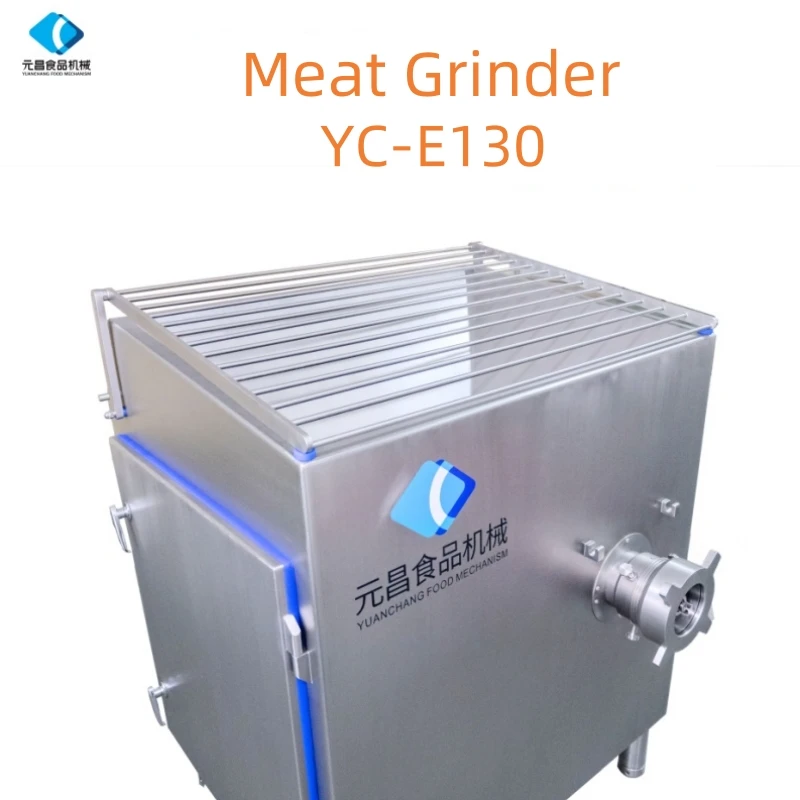
(meat injection machine)
Transforming Production Volumes with Meat Injection Technology
Modern meat injection machine
systems handle unprecedented processing volumes that manual operations cannot match. Industry data reveals facilities utilizing automated injection solutions process 12-15 tons of protein products hourly - a 300% throughput increase compared to manual operations. This surge directly impacts profit margins, with processors reporting 18-22% reduction in labor costs and 27% higher yield retention from precise brine distribution.
The latest hydraulic injection systems incorporate multineedle arrays capable of simultaneous product treatment. Industrial-grade stainless steel components withstand high-pressure operations exceeding 250 PSI while maintaining precise flow control (±2% tolerance). These technologies directly address industry challenges including moisture retention during cooking and curing penetration depth consistency.
Industrial Meat Processing Capacity Metrics
Production facilities require distinct throughput capabilities based on market demands. USDA reports indicate mid-size processors handling 8,000-15,000 lbs/hour predominantly utilize 24-needle injection units while large operations exceeding 25,000 lbs/hour employ 72-needle configurations. The transition timeline between batch processing typically falls under 14 minutes for full system sanitation - critical for maintaining continuous workflow in multi-product facilities.
Energy consumption profiles reveal advanced models operate at 18-22 kW average power during peak cycles, substantially lower than legacy equipment. Modern units incorporate frequency-controlled motors and optimized pumping systems that reduce hydraulic fluid requirements by 40% compared to industry standards from the previous decade. These technical refinements directly influence operational expenditure with 3-year ROI projections based on current market prices.
Technical Specifications of Commercial Systems
Injection system performance varies significantly by construction materials and engineering tolerances. Premium units feature CNC-machined 316L stainless steel needle plates with laser-calibrated alignment (±0.03 mm variance). Brine distribution systems maintain consistent flow rates between 85-480 ml/second across all injection points - a critical factor in USDA process validation protocols.
Automation integration capabilities now include PLC interfaces compatible with Rockwell, Siemens, and Mitsubishi control ecosystems. Sensor packages monitor multiple variables including brine viscosity, product density, and flow rates with 1,200+ data points collected per operating minute. This granular oversight allows processors to maintain injection accuracy within 2% of target weight gain specifications even with variable raw material inputs.
Manufacturing Equipment Performance Comparison
| Manufacturer | Model | Production Capacity (lbs/hour) | Needle Configuration | Pressure Range (PSI) | Cycle Time Reduction | Warranty Terms |
|---|---|---|---|---|---|---|
| FoodProcessing Inc. | InjectPro 3000 | 15,000 | 24 dual-channel | 90-200 | 37% vs manual | 3 years |
| MeatTech Systems | HydroInject 72X | 28,500 | 72 staggered | 110-250 | 52% vs manual | 5 years |
| Carnitech Solutions | MaxInject HD | 42,000 | 108 variable-depth | 150-300 | 61% vs manual | 5 years |
| ProteinEquipment Co. | PrimeInject 400 | 11,200 | 32 tri-port | 80-180 | 29% vs manual | 2 years |
Evaluation criteria beyond throughput include sanitation cycle times (range: 8-22 minutes), CIP validation documentation, and predictive maintenance capabilities. The HydroInject 72X features vibration sensors detecting bearing wear 350 operating hours before failure while MaxInject HD units monitor hydraulic fluid purity in real-time.
Operational Integration Parameters
Successful meat grinder machine implementation requires precise facility planning considerations. Floor load requirements average 1,800 kg/m² for installation zones with reinforced concrete specifications. Utility demands include 3" minimum brine supply lines maintaining constant pressure and 380V 3-phase power connections with 22kW available capacity.
Maintenance schedules dictate daily needle plate inspections, weekly pump calibration checks, and monthly hydraulic system diagnostics. Parts standardization across equipment families allows processors to maintain 92-95% operational availability even with intensive production schedules. Leading operations report 9-month average technician proficiency timelines from initial training to autonomous troubleshooting.
Processing System Implementation Case Studies
Smithfield Foods integrated 8 HydroInject 72X units across three facilities to address production bottlenecks. Post-implementation data showed 18.7% yield increase on spiral ham products and 32 fewer staff positions required per shift line. The modifications reduced average brine waste from 14% to 2.7% across operations, translating to $2.8M annual savings.
Koch Foods implemented Carnitech MaxInject HD systems for poultry processing with customized 19mm needle configurations. Validation testing proved 98.3% injection uniformity across breast fillets while reducing processing time per batch from 47 to 29 minutes. The solution accommodated their transition to plant-based additive formulations without equipment modifications.
Optimizing Meat Injection Systems for Market Evolution
The meat injection machine sector continuously adapts to processing innovation, with next-generation models incorporating AI-driven brine optimization algorithms. Early adopters report 6-9% ingredient cost reductions through real-time viscosity compensation and flow rate adjustments. These technological developments position automated injection solutions as foundational components in modern protein processing plants worldwide.
Technical refinements in multi-functional meat grinder machine integration now enable single-platform processing solutions. Recent installations combine injection systems with continuous mixing and vacuum tumbling, eliminating product transfer stages. The operational consolidation reduces contamination risks while increasing throughput consistency to meet HACCP standards.

(meat injection machine)
FAQS on meat injection machine
Below are 5 HTML-formatted FAQ groups centered around meat injection and grinder machines, using H3 tags for questions and concise answers within three sentences:Q: What is a meat injection machine used for?
A: A meat injection machine injects marinades or brines into meat to enhance flavor, tenderness, and moisture retention. It uses pressurized needles to distribute liquids evenly throughout large cuts like roasts or poultry. This is essential for commercial meat processing and consistent product quality.
Q: How does a meat grinder machine improve food preparation?
A: A meat grinder machine quickly processes raw meat into uniform ground textures for sausages, burgers, or other products. It saves time compared to manual chopping and ensures consistent results. Modern electric models offer adjustable coarseness settings for versatility.
Q: What safety features do big meat grinder machines include?
A: Big meat grinder machines feature emergency stop buttons, overload protection, and anti-jamming mechanisms. Safety locks prevent operation during assembly or cleaning, while food-grade stainless steel construction ensures hygiene. These industrial-grade protections minimize workplace accidents during high-volume processing.
Q: Can a meat injection machine handle thick marinades?
A: Yes, commercial meat injection machines use high-pressure pumps to inject viscous marinades containing particulates like herbs or spices. Needle sizes and pressure settings can be adjusted based on marinade thickness and meat density. Regular nozzle cleaning prevents clogging during continuous operation.
Q: Why choose a big meat grinder machine over standard models?
A: Big meat grinder machines deliver higher horsepower (3-5 HP+) for processing large volumes of tough meats or bones without overheating. Their durable steel components withstand 8-10 hour shifts in butcheries or processing plants, while larger feed tubes accommodate whole muscle cuts efficiently, boosting productivity.
-
Efficient Машина для резки говядины Precision & DurableNewsJun.07,2025
-
Professional Meat Grinder Machine Factory Industrial Quality & DurabilityNewsJun.07,2025
-
Commercial Meat Mincer Keema Machine for Sale High EfficiencyNewsJun.07,2025
-
Sausage Making Equipment for Sale - Professional & CommercialNewsJun.06,2025
-
Kolbasnaya Nachinka Premium Sausage Filling by Yuanchang & Meat Your MakerNewsJun.06,2025
-
Premium Sausage Mills & Fillings Effortless Meat ProcessingNewsJun.06,2025



